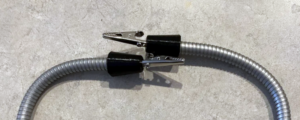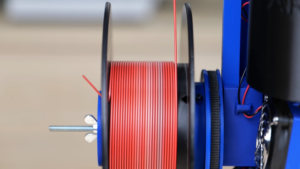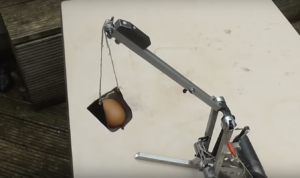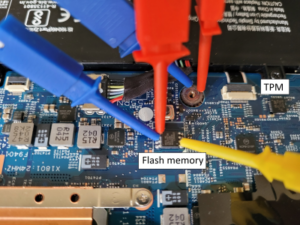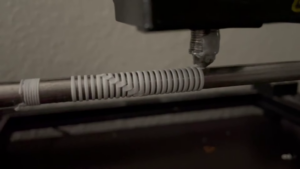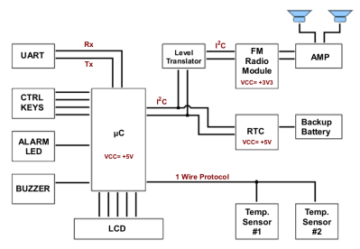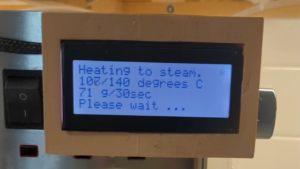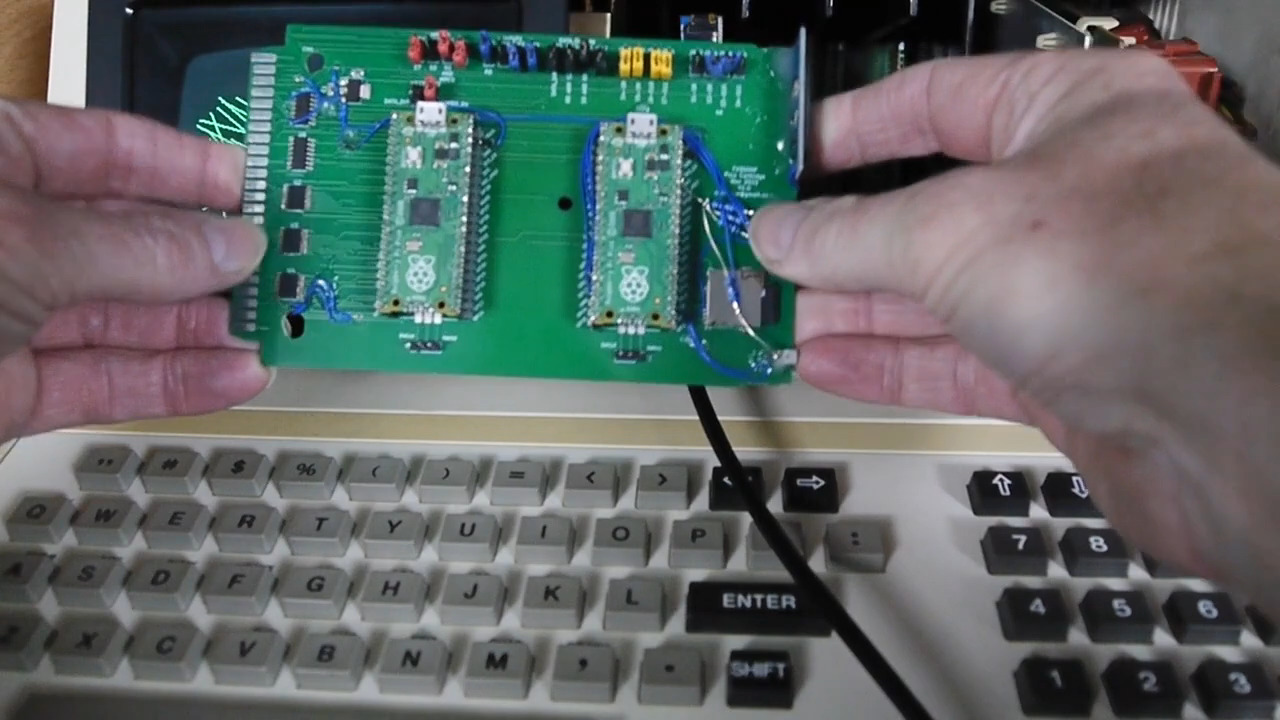
Over the years, we’ve seen some modern microcontrollers turn out to be 5V-tolerant – now, RP2040 joins the crowd. Half a year ago, when we covered an ISA card based on a Pi Pico, [Eben Upton] left a comment saying that RP2040 is, technically, 5V tolerant for GPIO input purposes. The datasheets don’t state this because the reality of 5V tolerance isn’t the same as for natively 5V-tolerant chips – for instance, it doesn’t extend all the way to 5.5V for it to be ‘legally’ 5V-tolerant, as in, what 5V tolerance typically means when mentioned in a datasheet.
Having read that comment, [Andrew Menadue] has set out to test-drive the RP2040 GPIO capabilities, in a perfectly suited real-world scenario. He’s working with retro tech like Z80-era computers, using RP2040 boards for substituting entire RAM and ROM chips that have died in his FX9000P. Not only do the RP2040-driven replacements work wonders, using RP2040 boards also turns out to be way cheaper than sourcing replacements for chips long out of production!
Previously, [Andrew] used level shifter chips for interfacing the RP2040 with 5V systems, but he’s rebuilt a few designs of his without level shifters for the sake of this experiment. Now, he reports that, so far, those boards have been running long-term without problems. Together with [Eben]’s comment, this instills confidence in us when it comes to our RP2040 forays and 5V inputs.
There are a number of important caveats to this, that you should read up on. Some major points – certain GPIOs (like ADC ones) can’t take it, the GPIOs aren’t 5V-tolerant when set to output, and you shouldn’t feed the GPIOs 5V when the RP2040’s VDDIO is not powered up. [Andrew] points out one such case himself – one board of his has shed all level shifters except for the 8-bit address bus, which is driven by either the CPU or the RP2040 at different times, and that would result in 5V on an output-set GPIO when contention happens. All in all, if you’re working with 5V logic and your application is more hacking than business-critical stuff, you can shed the level shifters, too.
In the video, [Andrew] also shows some cool RP2040-based IC substitute boards – there’s followup videos on his channel and a GitHub repo if you’d like to learn more about them! All in all, this is a surprise, to be sure, but a welcome one, making quick Pi Pico hacks even quicker, and a few RP2040 projects even easier to build – for instance, who knows, maybe that Pico-powered ISA card can shed its CPLD. It’s nice when we get an under-the-table statement with a technical elaboration – otherwise, we might need to break out the curve tracer, like [Avian] did when confirming the ESP8266 5V tolerance.
- SEO Powered Content & PR Distribution. Get Amplified Today.
- Platoblockchain. Web3 Metaverse Intelligence. Knowledge Amplified. Access Here.
- Source: https://hackaday.com/2023/04/05/rp2040-and-5v-logic-best-friends-this-fx9000p-confirms/
- :is
- $UP
- a
- About
- address
- All
- and
- Andrew
- Application
- ARE
- AS
- At
- based
- BE
- because
- BEST
- board
- Break
- break out
- build
- bus
- by
- CAN
- capabilities
- card
- case
- certain
- cheaper
- Chips
- comment
- computers
- confidence
- content
- Cool
- covered
- CPU
- curve
- designs
- DID
- died
- different
- Doesn’t
- Dont
- driven
- easier
- either
- embedded
- Entire
- Even
- Except
- experiment
- extend
- few
- For
- friends
- get
- GitHub
- hacking
- hacks
- Half
- happens
- Have
- HTTPS
- important
- in
- input
- instance
- IT
- ITS
- Joins
- LEARN
- Level
- like
- Long
- long-term
- major
- Making
- means
- mentioned
- might
- Modern
- more
- Need
- number
- of
- on
- ONE
- otherwise
- output
- PHP
- Pico
- plato
- Plato Data Intelligence
- PlatoData
- points
- powered
- problems
- projects
- purposes
- Quick
- quicker
- RAM
- Read
- real world
- Reality
- Reports
- result
- Retro
- running
- sake
- same
- scenario
- set
- should
- Shows
- So
- so Far
- some
- Sourcing
- State
- Statement
- such
- surprise
- Systems
- Take
- tech
- Technical
- that
- The
- times
- to
- together
- tolerance
- too
- Tracer
- true
- TURN
- typically
- us
- Video
- Way..
- welcome
- What
- which
- WHO
- with
- without
- Work
- working
- would
- year
- years
- Your
- youtube
- zephyrnet

